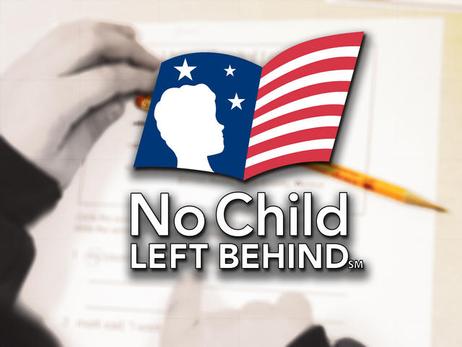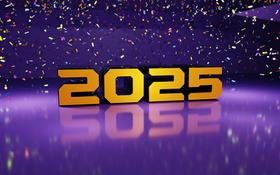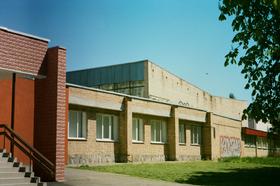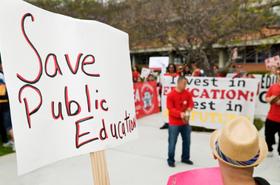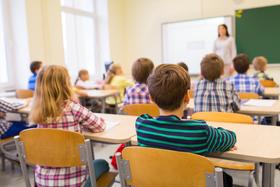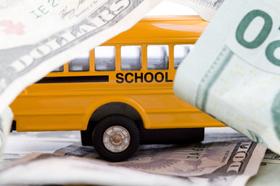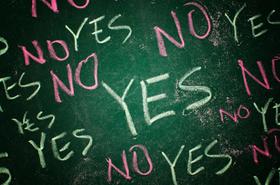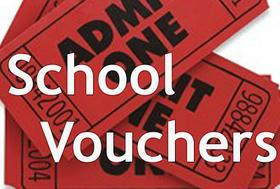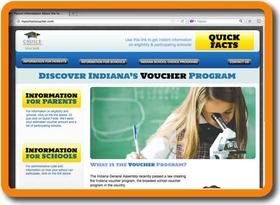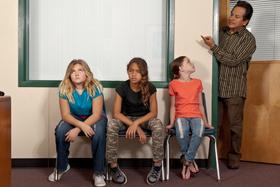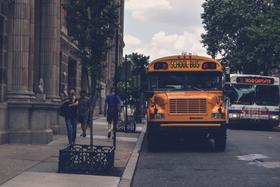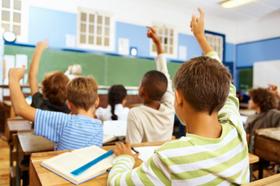On the 12th birthday of No Child Left Behind, many are still wondering what this federal law is and how it affects the education of their children today. While NCLB is now thick in the reform process, confusion continues over how to alter education policies for the best interest of the students they were designed to teach. The first step is to understand what No Child Left Behind is, why it was created, and how your child may continue to benefit from it. It will also discuss some potential controversies surrounding the legislation and the reasons why reform appears so hard to come by.
What Is No Child Left Behind?
No Child Left Behind was first introduced as House Resolution 1 during the 107th Congress in March of 2001. The No Child Left Behind Act aimed to ensure that all students, regardless of race or socioeconomic status, would have the opportunity for a solid education. President George W. Bush signed the No Child Left Behind Act into law in January of 2002.
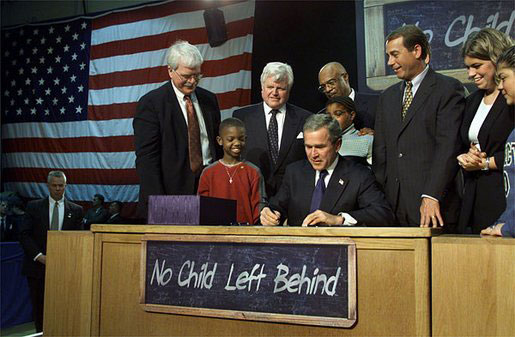
No Child Left Behind is a bipartisan effort. The act passed with support from democrats and republicans alike and a bipartisan commission was created in 2006 to review No Child Left Behind, its promises, and its problems. This commission provided Congress with recommendations prior to the renewal of No Child Left Behind in 2007. Unfortunately, NCLB has ground to a halt since that time, as lawmakers

